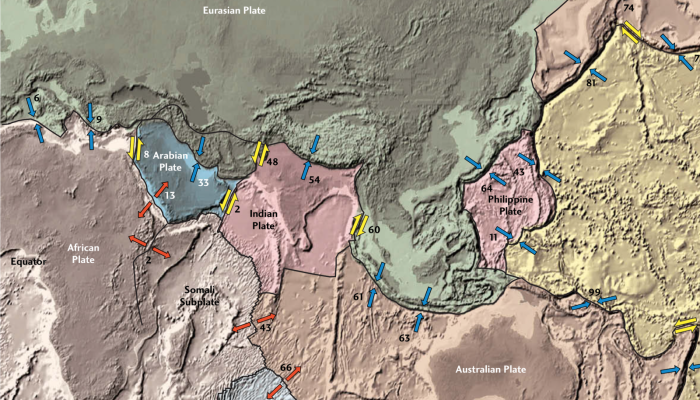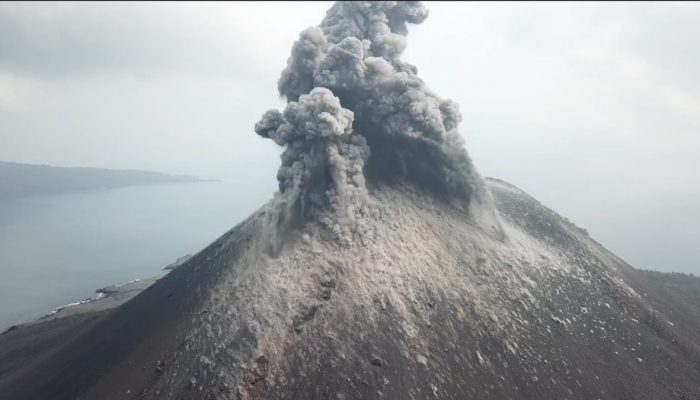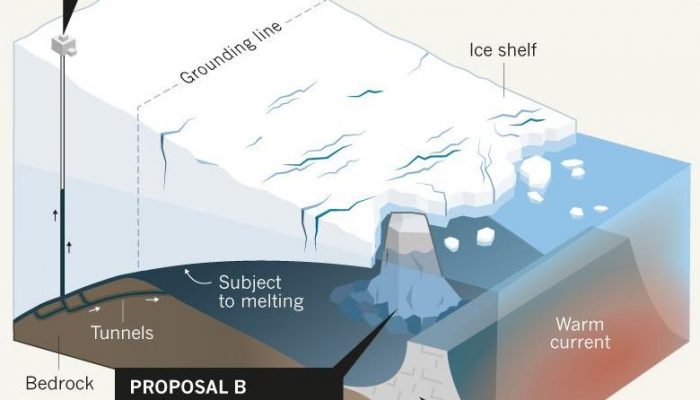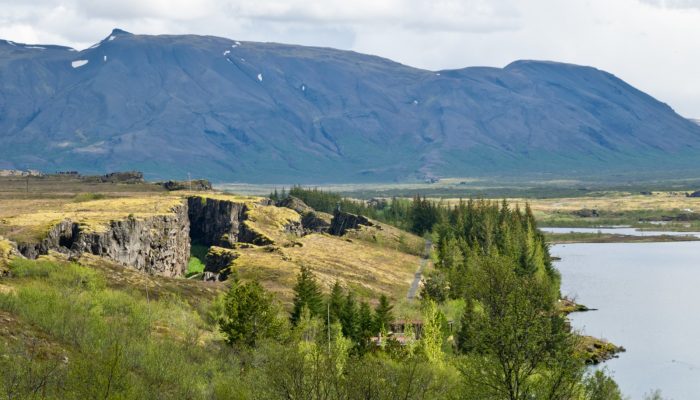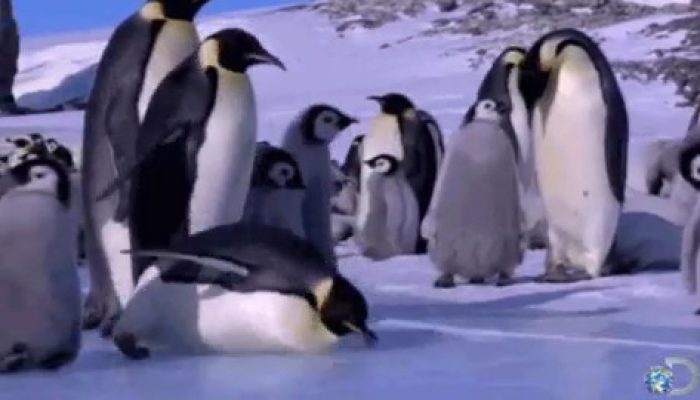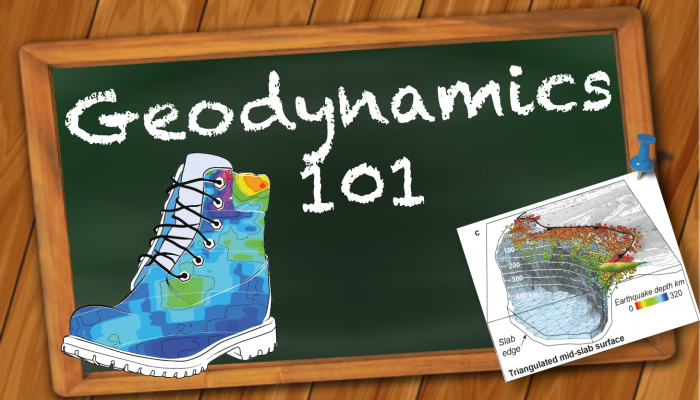An important and inevitable aspect of being in academia is receiving a request to peer-review a paper. And much like the papers we write and submit, retaining structure and clarity for the review itself is important. This week Adina E. Pusok, Postdoctoral Researcher at Scripps Institution of Oceanography, UCSD, and our outgoing GD ECR representative, shares some detailed and helpful tips for writi ...[Read More]
Tectonics and Structural Geology
Meeting Plate Tectonics – Roland Bürgmann
These blogposts present interviews with outstanding scientists that bloomed and shape the theory that revolutionised Earth Sciences — Plate Tectonics. Get to know them, learn from their experience, discover the pieces of advice they share and find out where the newest challenges lie! Meeting Roland Bürgmann Roland Bürgmann is Professor of Geophysics at the University of California, Berkeley ...[Read More]
Natural Hazards
The collapse of Anak Krakatau volcano: a scenario envisaged
The volcano ID Krakatoa or Krakatau, in Indonesia, is part of the Ujung Kulon National Park, a UNESCO World Heritage property, and among the most (in)famous volcanoes in the world. From a geological point of view, it is part of the Indonesian island arc system generated by the north-eastward subduction of the Indo-Australian plate (Figure 1). Krakatau is now a caldera type of volcano thanks to the ...[Read More]
Cryospheric Sciences
Image of the Week – Delaying the flood with glacial geoengineering
As the climate is currently warming, many countries and cities are preparing to cope with one of its major impacts, namely sea-level rise. Up to now, the mitigation of climate change has mainly focused on the reduction of greenhouse gas emissions. Large-scale geoengineering has also been proposed to remove carbon from the atmosphere or inject aerosols into the stratosphere to limit the rise in tem ...[Read More]
Tectonics and Structural Geology
Minds over Methods: Massively dilatant faults in Iceland – from surface to subsurface structures
In this Minds over Methods we don’t have one, but two scientists talking about their research! Michael Kettermann and Christopher Weismüller, both from Aachen University, explain us about the multidisciplinary approach they use to understand more about massively dilatant faults. How do they form and what do they look like at depth? Massively dilatant faults in Iceland – from surface to subsu ...[Read More]
Cryospheric Sciences
Image of the Week – Why is ice so slippery?
Having spent most of my life in places where the temperature hardly ever falls below zero, my first winter in Sweden was painful. Especially for my bum, who met the ice quite unexpectedly. Reading the news this week, from reports of emergency services overwhelmed after so many people had slipped to a scientific study on how no shoes have a good enough grip, via advice on how to walk like a penguin ...[Read More]
Seismology
AGU 2018
The AGU Fall Meeting: that other large geosciences meeting in the world. As every year, thousands of people burned their yearly share of carbon flying across the globe. Just like last year, the meeting was held on the East coast – but instead of balmy New Orleans, we found ourselves in somewhat chilly Washington DC. For those coming from Europe, this meant slightly less travel (as well as a slight ...[Read More]
Geodynamics
Tomography and plate tectonics
The Geodynamics 101 series serves to showcase the diversity of research topics and methods in the geodynamics community in an understandable manner. We welcome all researchers – PhD students to Professors – to introduce their area of expertise in a lighthearted, entertaining manner and touch upon some of the outstanding questions and problems related to their fields. For our first ‘Geodynami ...[Read More]
Tectonics and Structural Geology
Meeting Plate Tectonics – Walter Roest
These blogposts present interviews with outstanding scientists that bloomed and shape the theory that revolutionised Earth Sciences — Plate Tectonics. Get to know them, learn from their experience, discover the pieces of advice they share and find out where the newest challenges lie! Meeting Walter Roest Walter Roest was born in Dordrecht, The Netherlands. He has had an impressive international c ...[Read More]
Natural Hazards
Landslide forecasting and warning service in Norway
Today our blog will host Graziella Devoli who will tell us about the Landslide Forecasting and Warning Service currently operating in Norway by the Norwegian Water Resources and Energy Directorate (NVE). Graziella is Senior Geologist at NVE and she has PhD in Environmental Geology and Geohazards obtained at the University of Oslo (UiO) where she also teaches in the Geohazards master program. At NV ...[Read More]


